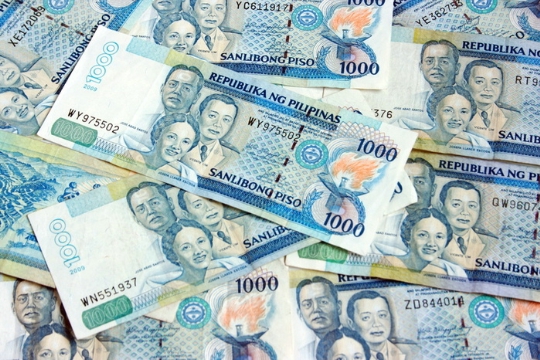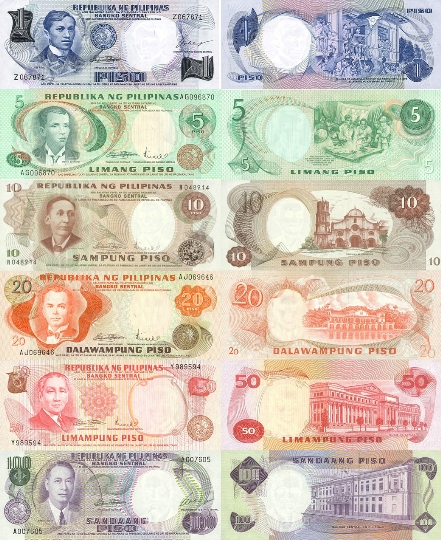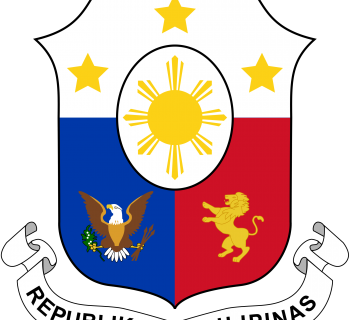Currency of the Philippines

The national currency of the Philippines is the peso (from the Philippine piso), which is equal to 100 centavos or centimos. Centavo is the national currency introduced in the early years of the Philippine country's independence. In the colonial years, there were «reals», with their arrival, the era of monetary relations began for the population. The international code for the Philippine currency is PHP. The Philippine Peso is symbolized by the crossed out letter «P»: ₱, strikethrough may also be accompanied by a single stroke. The peso can be denoted by the usual Latin letter (P). The peso sign (₱) is placed before the amount, and the centavo sign (c) is always placed after the amount. Philippine banknotes depict a portrait of Benigno Aquino (the great leader of the Philippine opposition who was sentenced to death and later expelled from the country).
Banknotes and coins in the Philippine territory
Basically, in the Philippine Islands, coins of small denominations of 5, 10 and 20 pesos are used. the price level is quite low. There are also banknotes in circulation in denominations of 5, 10, 20, 50, 100, 200, 500 and 1000 pesos, but for a long time small banknotes of 5.10 and 20 pesos are no longer printed, they were simply replaced with coins. All banknotes have more than two modifications. The new banknotes display the signature of the President of the Philippines: Gloria Macapagal-Arroyo and the head of the Central Bank of Rafael Buenaventura. One of the Philippine banknotes was awarded an honorable place, and was entered in the Guinness Book of Records - a banknote of 100 thousand pesos, released in 1988, was recognized as the largest bill with a size of 216x356 mm.
Currency exchange in the Philippines
The exact exchange rate is provided only by the central banks of the capital - Manila. In other exchange offices, the rate is much lower than average. You can exchange currencies at airports, banks or specialized exchange offices.
The import of currency into the Philippines is not limited, but you can export it, up to 1000 pesos. When exchanging currency, it is advisable to keep bank checks in case you want to change the peso back to the desired currency.
Accepted in all major institutions in the country. There are cases that when exchanging foreign currency, difficulties occur and problems of various kinds arise, therefore it is better to take dollars with you, when exchanging dollars for pesos, problems should not arise.



